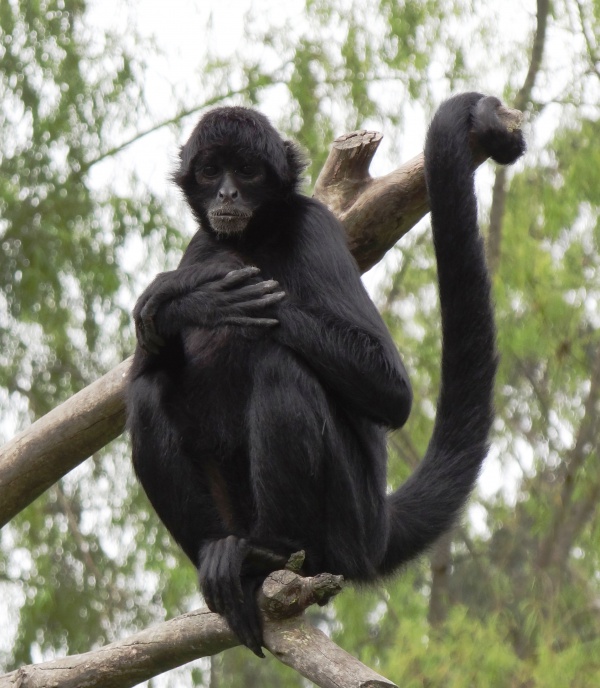Facts About Spider monkey
Spider monkeys, belonging to the genus Ateles, are captivating New World primates thriving in the tropical forests of Central and South America. With their elongated limbs and prehensile tails, they are expertly adapted to life in the rainforest canopy. Their diet predominantly comprises fruits, rendering them indispensable components of their ecosystems.
Recent studies indicate that spider monkeys rank among the most intelligent New World monkeys, exhibiting a remarkable array of vocalizations. Nonetheless, their evolutionary lineage remains a subject of discussion, with some hypotheses positing a close affinity to woolly spider monkeys.
The genus Ateles encompasses seven distinct species, all of which face substantial threats from hunting and habitat destruction. Moreover, spider monkeys are frequently utilized in laboratory research, notably in studies concerning diseases such as malaria, owing to their susceptibility.
Anatomically, spider monkeys are designed for agility. Their extended limbs and prehensile tails enable them to maneuver effortlessly through the treetops. Females possess distinctive genital anatomy, which is a focal point of scientific inquiry. These primates inhabit loose social groups and communicate via various postures and vocalizations.
Their diet is mainly fruit-centric, with nuts also contributing significantly. A leading female generally oversees the search for food. In terms of reproduction, mate selection involves behaviors such as anogenital sniffing, and the gestation period ranges from 226 to 232 days. Postpartum, offspring rely on their mothers for several months, with minimal paternal involvement.
Spider monkeys hold cultural importance in Mesoamerican societies, frequently appearing in calendars, religious festivals, and art. Despite the numerous threats they encounter, spider monkeys play pivotal roles both in their natural environments and cultural contexts. Their survival is crucial not only for the wellbeing of their ecosystems but also for the preservation of the cultural heritage they embody.

 Nicaragua
Nicaragua